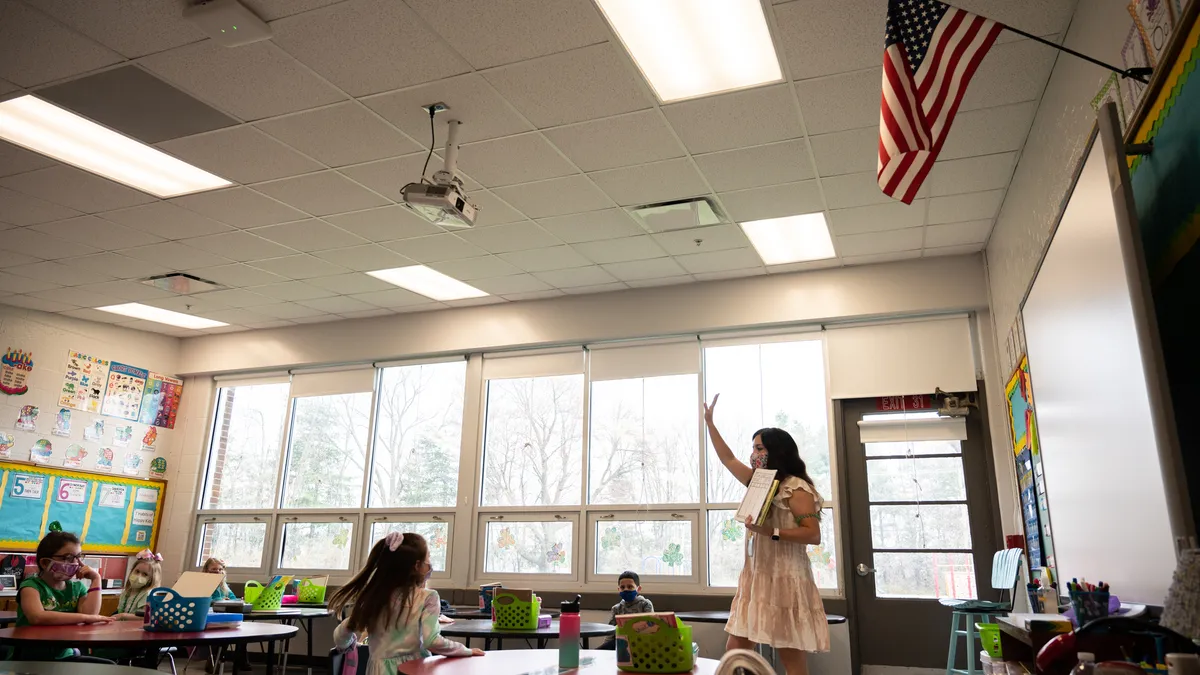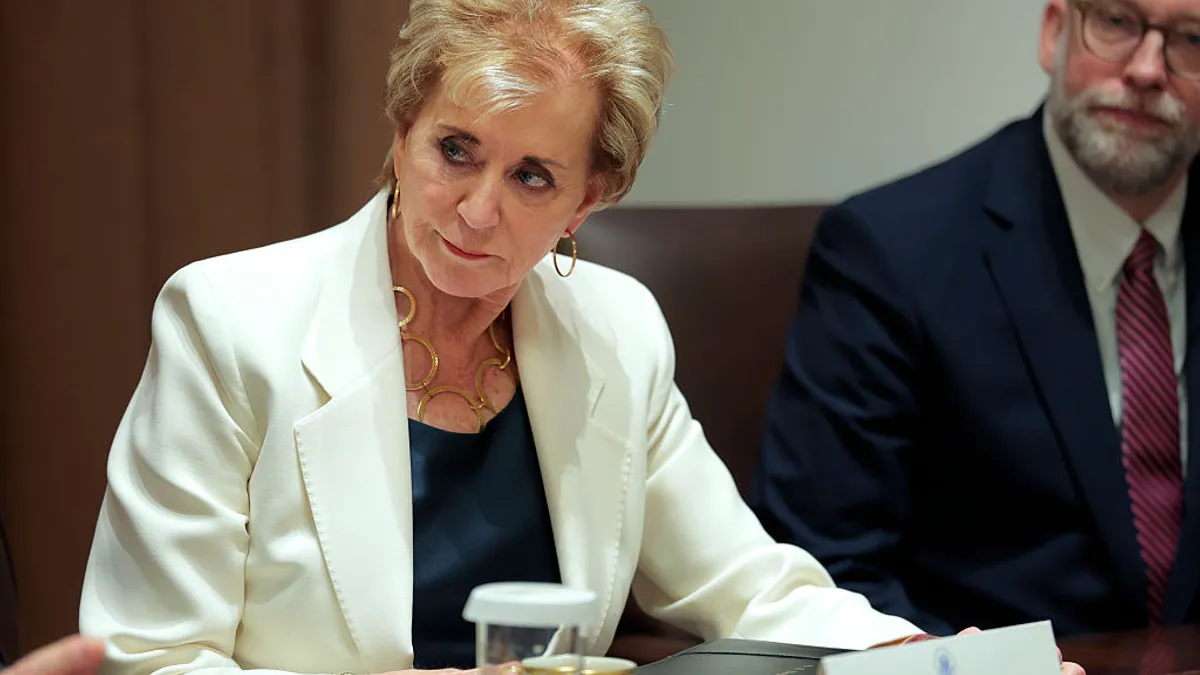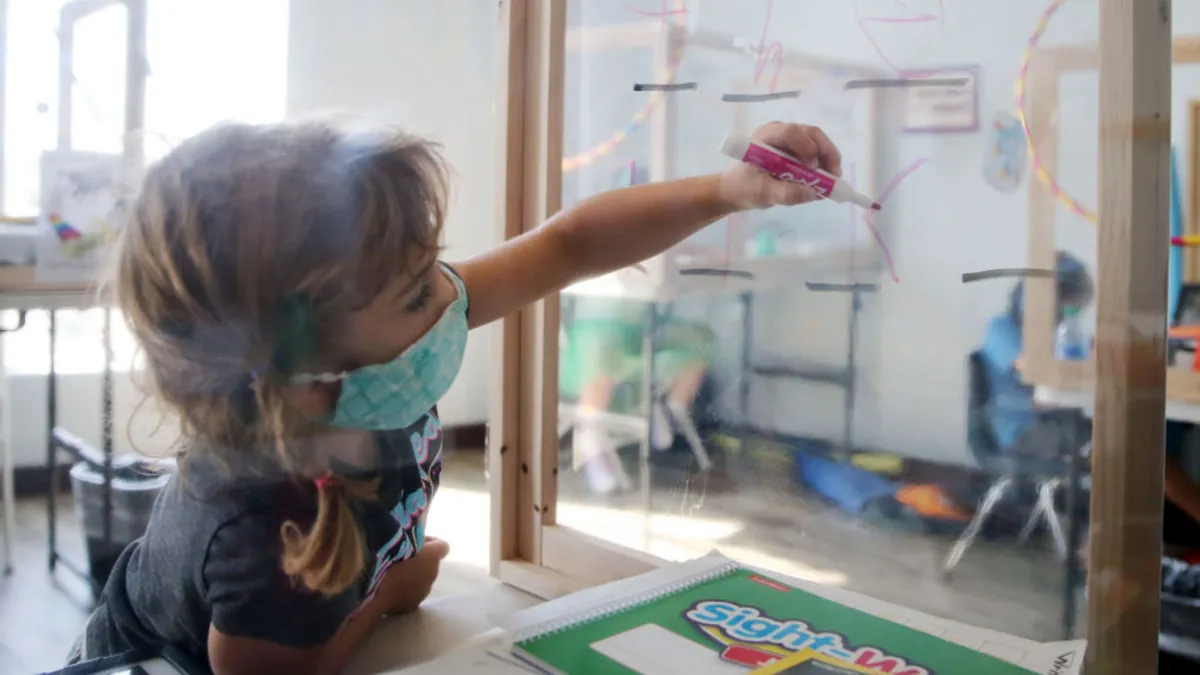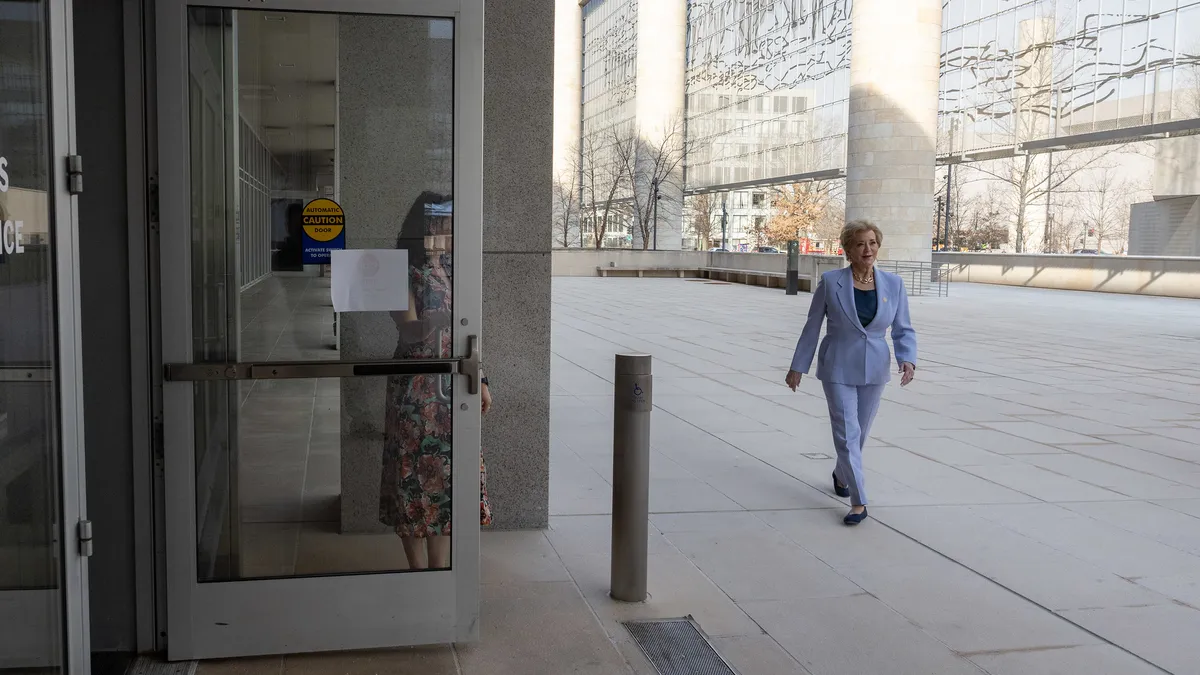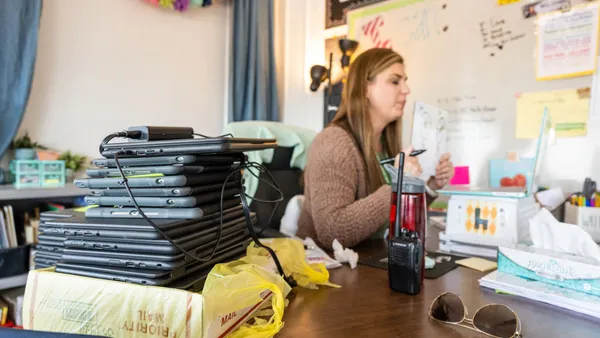Timothy Unruh is executive director of the National Association of Energy Service Companies.
The combined effects of the COVID-19 pandemic’s protracted lifecycle and the absence of federally approved vaccines for most school-aged children render the urgent challenge of preparing our K-12 facilities for a safe, equitable and durable reopening increasingly difficult to address.
There are, however, a handful of proven tactics public health officials say can be implemented across our schools' indoor facilities to help mitigate the disease’s spread. Among these tactics are upgrades, renovations or supplements to heating, ventilation and air-conditioning systems (HVAC) and their supporting infrastructure, which will help school facilities managers to “dilute” or, in some cases, eliminate virus particles from air circulated into classrooms, hallways and other indoor spaces.
The problem is that these building performance upgrades carry with them high upfront costs. Even in the early days of the pandemic, roughly 41% of K-12 school districts reported legacy maintenance needs for these systems in at least half of their schools – a proportion sure to have grown with the need to meet the more stringent indoor air quality (IAQ) recommendations of public health authorities.
Fortunately, successive interventions by the federal government in 2020 and 2021 promise to relieve some of this pressure.
Through the Elementary and Secondary School Emergency Relief (ESSER) Fund, part of the Education Stabilization Fund established by the March 2020 CARES Act, and the successive ESSER II and American Rescue Plan ESSER (ARP ESSER; ESSER III) supplemental appropriations, the federal government has made approximately $190 billion available to State Education Agencies (SEAs) to help their Local Education Agencies (LEAs) defray the costs of implementing these necessary changes among a long list of other uses for the funds.
While an enormous sum, a preliminary analysis of past school expenditures by the National Association of Energy Service Companies (NAESCO) reveals we can expect roughly $25 billion of the funds to be put toward necessary ventilation system retrofits and other building performance-enhancing projects. But the relief made available thus far still falls short of the estimated $197 billion cost of implementing the repairs, renovations and facility modernization upgrades the U.S. Department of Education estimated in 2014 was needed to bring 2012-2013 public schools “into good condition.”
What ESSER II and ARP ESSER grant recipients and distributors — SEAs — and their subrecipients — LEAs — must understand is the funds can be used to procure IAQ-improving HVAC upgrades through the use of energy savings performance contracts (ESPCs). Doing so multiplies the purchasing power of allocated relief.
By entering into an ESPC — a guaranteed, budget-neutral project delivery mechanism — with a qualified energy service company (ESCO), LEAs are able to leverage private sector expertise and financing to implement necessary building performance upgrades. Thanks to the operational energy savings these projects generate, upgrades procured through ESPCs come at no incremental cost to the organization.
NAESCO estimates this specialized debt-financing mechanism would leverage by a factor of five or more the purchasing power of LEAs’ ESSER awards, unlocking upwards of $125.4 billion in lifetime energy and maintenance cost savings with an initial investment of only $25 billion.
Fortunately, there are a handful of SEAs who’ve made clear to their LEAs applying for ESSER II subgrants that these funds are eligible for construction and facility maintenance projects that can be delivered using this model. And the federal government has taken pains to clarify the versatile applicability of awards. But a review of the ARP ESSER State Plan Applications submitted by SEAs as part of their applications to receive the remaining ARP ESSER funds for which they are eligible indicates a prevalent misconception over the opportunity at hand.
Indeed, only a fraction of the applications yet approved by the federal government feature any mention of a requirement that LEAs provide plans to commit forthcoming subgrants toward the implementation of HVAC system upgrades — projects whose delivery could be achieved through an ESPC. In short, this amounts to a multi-billion dollar opportunity cost for LEAs.
There are obvious advantages to unlocking such an enormous, energy savings-based revenue stream for our K-12 public schools. Using ESSER funds to invest in ESPCs will help the more than half of districts struggling to eliminate legacy facility maintenance, renovation and retrofit backlogs while also helping to mitigate the threats that pandemic-induced state and local budgetary constraints may pose against public education spending. This windfall will prove especially advantageous in the event that states’ chronic reluctance to close the annual funding gap for public school facilities remains unchanged.
Moreover, ESPCs enable LEAs to put ESSER funds they save toward more pressing, district-specific needs. These competing priorities include staffing in states with typically higher concentrations of unsustainable student-teacher ratios or pandemic-driven employment losses, installing remote and hybrid learning-enabling ICT assets in districts without adequate broadband infrastructure, or expanding extended learning and enrichment programs at schools in communities with an urgent need.
K-12 facilities that consume less energy or, ideally, substitute clean, electrified equipment for fossil fuel-based systems, will emit fewer harmful pollutants. Procurement of energy services via ESPCs will also yield local energy efficiency and construction sector employment gains. This has the added benefits of expanding the state and local tax bases that, for rural communities especially, can facilitate the post-pandemic economic rebound.
If anything, ESSER funds on their own are a stopgap relief measure, equipping LEAs with just enough capital to cover the costs of implementing quick-fix measures needed to safely reopen and begin to recover student achievement losses sustained over the course of the pandemic. But with ESPCs, it doesn’t have to be this way.
What SEAs and LEAs must appreciate is that ESSER Fund grants don’t need to be a one-time source of relief. They can be used instead to invest in the future, remedy existential challenges and ultimately set our nation’s K-12 schools on a path towards more prudent, resilient financial management that better supports our children.


